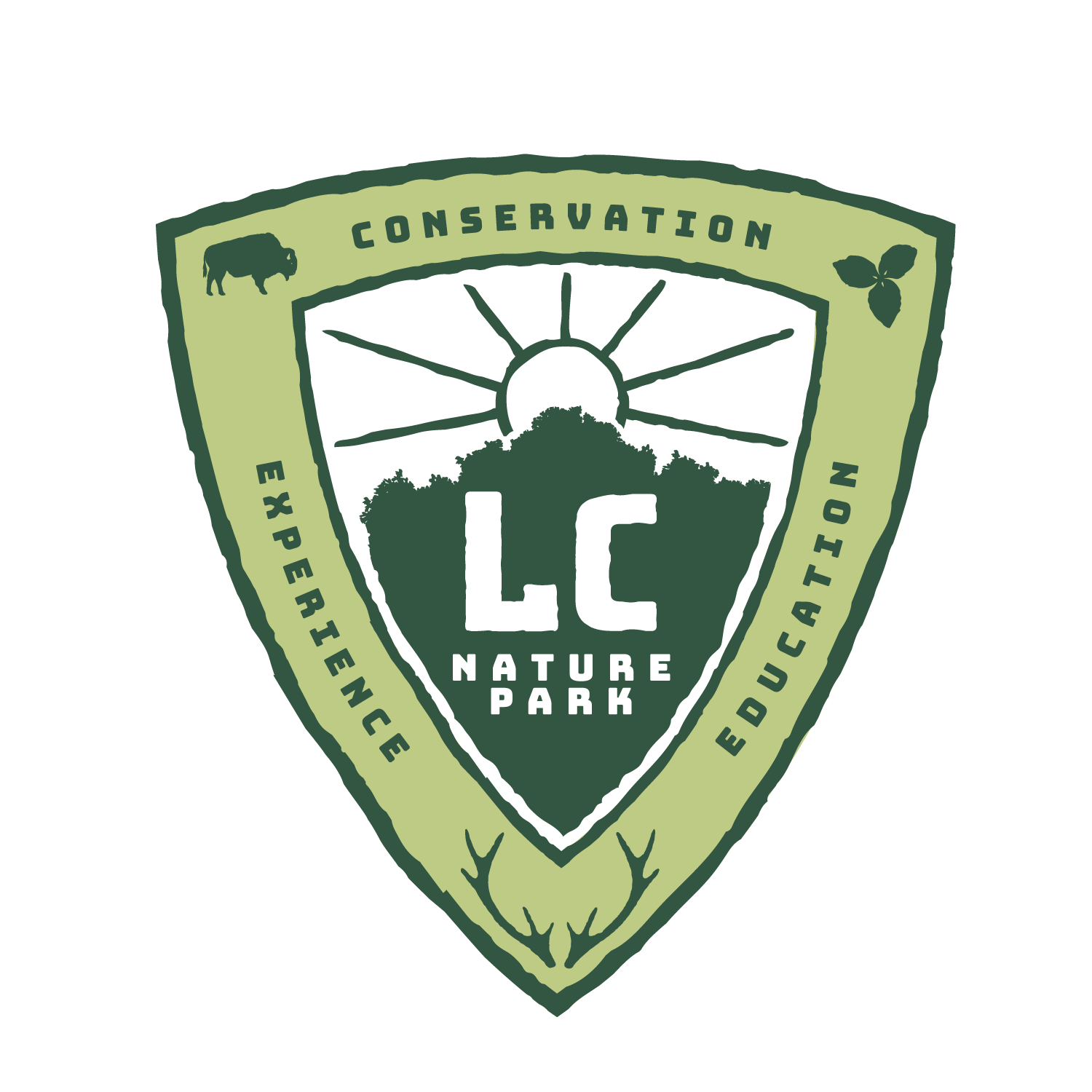April Showers Bring May Babies!
It is said the May flowers are the result of April showers. However, something else arrives in May, and that is baby bison! Some places like Yellowstone have their first calf in early April, but here at LCNP, we typically see our first calves in early May.
Here are some facts about bison and bison calves.
Bison rut (mating season) typically begins in late August or early September.
Bison have a gestation period similar to people, which lasts about 9 – 9.5 months.
Bison typically have just one calf, but twins, although rare, do occur.
Bison calves are often called “Red Dogs” due to their reddish/cinnamon-colored coats. They will turn the deep chocolate matching the adults by summer’s end.
When born, a calf can weighs about 40 - 50 pounds and will need to gain 200+ pounds before winter arrives.
They are born with their eyes open, are standing within minutes of birth, and are running within hours.
Calves often stay close to mom for about eight months, into the winter when it is weened. They can nurse during that time but will start grazing and drinking water about one week after birth.
One variation that distinguishes bison from elk is that all bison are born with tiny nubs for horns (see image), and they will grow those horns throughout their entire lives. In comparison, only male elk grow antlers, and not until their second winter.
Perhaps the best time to be around the bison calves is June and July. By that time, all the calves are born, and the oldest have started to feel more comfortable about increasing the distance they are willing to stray from mom. At this time, they realize that there are other calves, and like any youngster, they want to play. It’s a real treat to watch two or three bison calves jumping, romping, and chasing each other. Once mom gets uncomfortable with how far they have strayed, keep your ears open for the low, grunting communication that immediately calls the calf back to mom’s side.
Join us for a private guided hike this spring and maybe you can see the Red Dogs playing in the grasslands


